There is a gap between demand for public goods and services and the supply of resources to publicly funded organisations. Minding that gap requires rigorous prioritisation and understanding of, and compliance with, budgets. Most budgets are built by accountants based primarily on the prior year. A better approach is for the people who expend funds to participate in collaborative budgeting that responds to strategy and cost pressures.
People working in publicly funded organisations tend to believe that their work is important and worthwhile, and that demand for their services exceeds the supply of resources. Budgets are routinely not allocated until well into the first (or even second) quarter, so for much of each year staff do not know what resources they can mobilise. Budgets also tend to be developed by accountants with limited operational engagement or understanding. This all contributes to budgets being perceived as arbitrary and unrealistic.
Staff tend to form operational intentions, consciously or unconsciously, that do not align with the budget allocated to the organisation or team. Without clear understanding of, and commitment to, operating to their budgets, managers cannot rely on those budgets as tools to inform rigorous planning and prioritisation.
Budgets are one of the most important internal communication tools available to publicly funded organisations. Budget development processes should inform and empower executives to implement effective strategy and to plan activity that maximises the public value they create with available resources. This can be best achieved by approaching the budget process from both bottom-up and top-down.
Bottom-up budgets are based on accurate cost forecasts developed in collaboration with operational staff. Balancing performance expectations with cost pressures requires consensus between the people delivering outcomes, and the people developing budgets. A draft bottom-up budget will make clear the resource allocations that managers want to deliver expected operational and policy outcomes.

Top-down budgets are based on distributing total available funds throughout the organisation, usually in historical proportions, with minor adjustments. Top-down budgets can be created quickly and easily, and always reconcile to the total funding available. Unfortunately, this approach has many limitations, such as lack of transparency, failure to recognise emerging strategy or cost pressures, and excluding managers from understanding of, and decisions about, budget allocations.
Combining these approaches initially reveals a budget gap between the top-down budget of available funding and the bottom-up budget of operational demands.
The process of analysing and developing strategies to close the budget gap engages executives and managers in negotiating priorities and opportunity costs. The whole organisation contributes to refining focus and improving efficiency so that all funding is spent well and sufficient funding can be made available for important new or extended initiatives.
People in publicly funded organisations make daily decisions about how to create public value. Budgets are an important internal tool to prioritise and focus their efforts. Minding the gap between public demand and funding supply should be a collaboration between accountants, operational managers, and executives.
